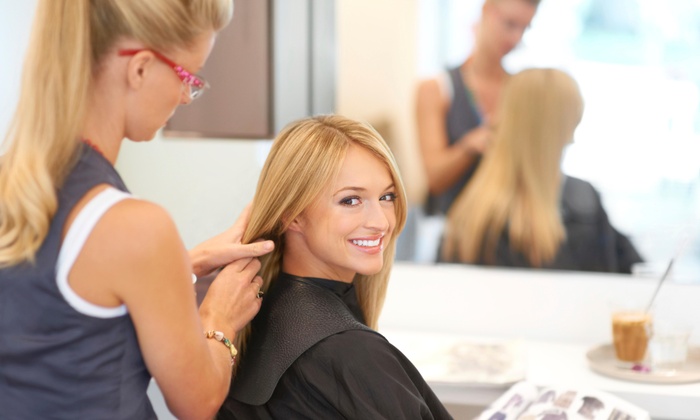We are dyeing the hair blonde. What you need to know before you go to the salon?
 Blond hair colour is extremely popular among many girls. This colour has a lot of shades, so that each of us will find something suitable. However, before you decide to bleach your hair, you should know the rules that involve changing the colour.
Blond hair colour is extremely popular among many girls. This colour has a lot of shades, so that each of us will find something suitable. However, before you decide to bleach your hair, you should know the rules that involve changing the colour.
Which shade of blonde to choose?
Before you decide on a specific shade of blond, you need to determine your type of beauty, the condition of hair, eye colour and a lot of other things. Remember that the blonde wearing by your friend does not have to suit you. Ladies with a cool type of beauty (light skin and blue eyes) can dye their hair platinum, pearl or ash blonde. If you have a complexion with warm tones (tan, natural blush, freckles and green, brown or blue eyes), go for a blonde in an equally warm shade, ie gold, honey, ginger or caramel. Dark blonde is a universal shade that suits ladies with warm, olive and light skin. Earthy, grey, dull and tired skin will benefit from warm and golden blondes. If your hair is damaged, you should not bleach it. Choose a darker or red colour instead.
How to colour-treat hair?
Proper hair colouring or bleaching should not weaken the condition of the hair nor dry it out. You should use products that at the same time, take care of your hair and the scalp. During the colour-treating, remember:
- about the right order of dyeing: start with the hair by the neck, then go to the sides, and finally dye the hair on the top of the head,
- to apply the dye to individual strands from the roots,
- to apply the dye with a comb along the entire length of the hair,
- to apply a silver rinse after dyeing to avoid yellow and brassy tones,
- to apply a regenerating conditioner.
Stay away from this!
If you eliminate the following mistakes before dyeing, your hairstyle will surely please everyone:
- lack of allergy test,
- colour-treating of very damaged hair,
- improper mixing of dyes and the use of incorrect proportions,
- mixing various types of dyes and adding oils or conditioners to them,
- using the product mixed long before dyeing.

SPF: Most Common Mistakes. Don’t Make Them!
Summer is coming! You’ve probably already planned everything: what places you’re gonna...
10 Crazy (Yet True) Facts about Natural Oils
Everybody knows and uses oils. Sunflower oil, rapeseed oil, olive oil are used in the kitchen. However,...